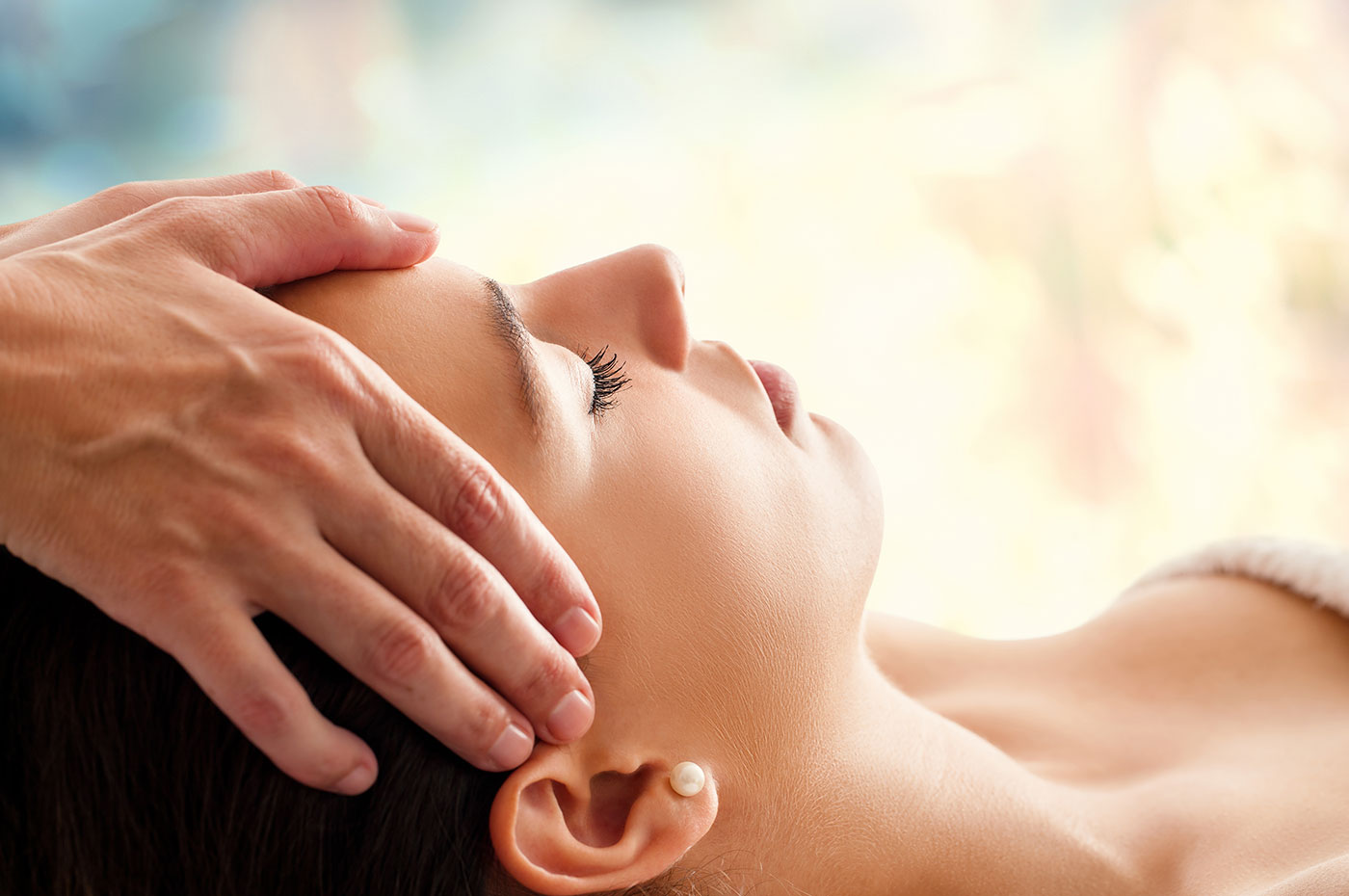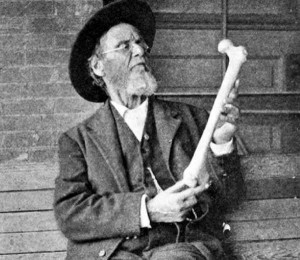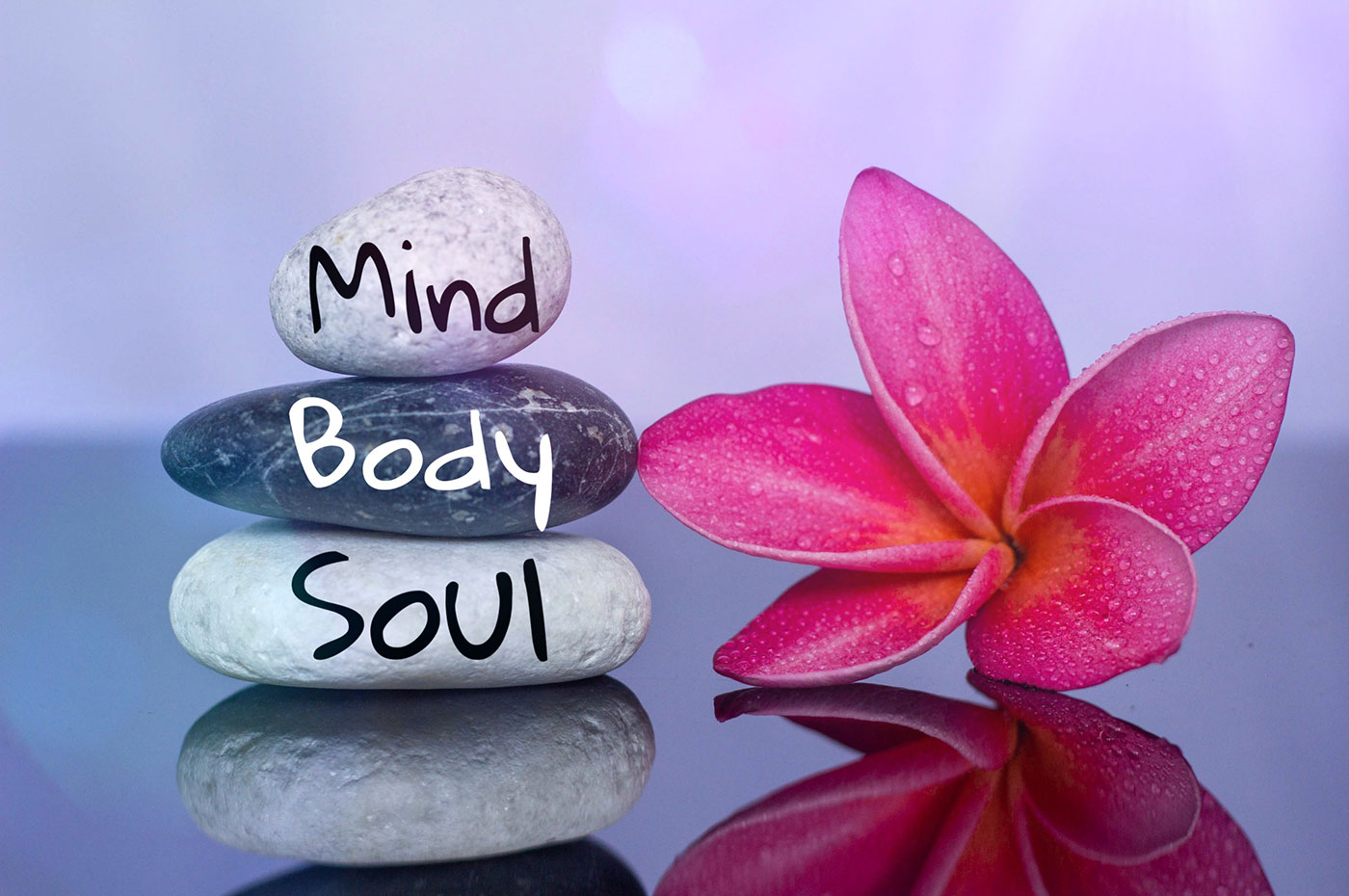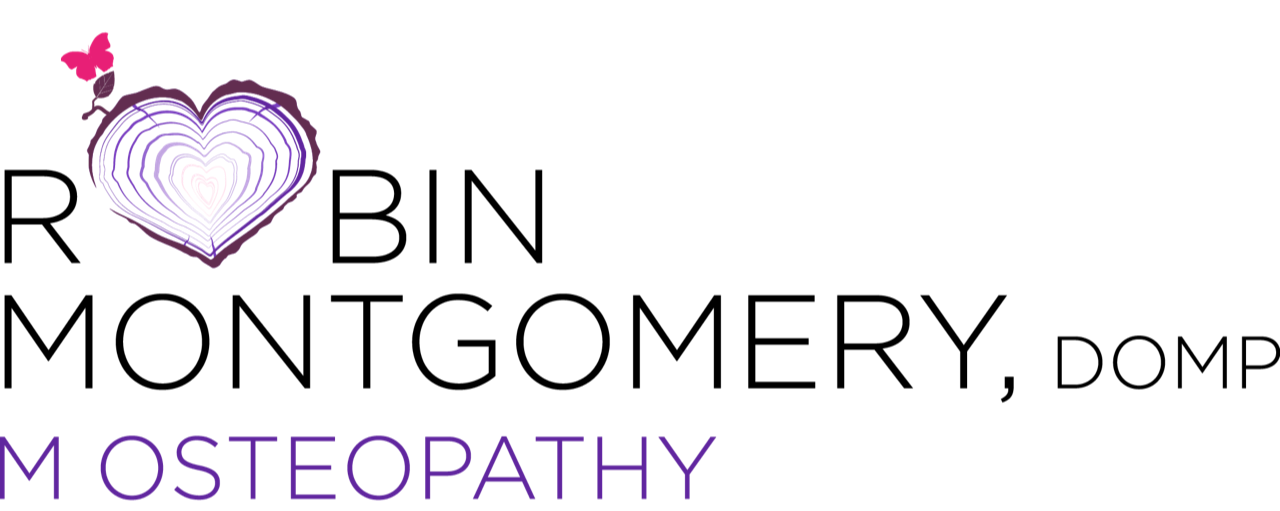-

Why consider Osteopathy?
Why consider Osteopathy?
Osteopathy views a person as a whole. As a practitioner, it is my job to look for cause of dysfunction, along with addressing the area of pain, with the understanding that they may not be related. Osteopathy is a holistic approach to health, utilizing the hands for treating the structures of the body.
Osteopathy treats a variety of conditions with the intention of restoring harmony and balance to the body, and re-establishing a vertical axis within gravity to assist the body in returning to its natural state of Being, and enabling its innate ability to return to its natural form and function.
Some conditions (and not limited to) treated by Osteopathy include:
- Neck and back pain
- Sciatic pain
- Jaw pain and TMJ issues
- Pain as a result of motor vehicle accidents (MVA)
- Sports injuries or overuse injuries – tendinitis, bursitis, tenosynovitis
- Chronic headaches and migraines
- Concussions
- Tinnitus
- Sinusitis
- Respiratory issues – asthma, bronchitis, allergies, pleurisy
- Frequent colds or sore throats (boosting the immune system)
- Digestive disorders – GERD, acid reflux, constipation, IBS
- Neurological issues
- Babies – digestion, colic, spitting up, difficulty sucking/latching, head mishapes
- Urogenital issues – bladder infections (cystitis), kidney infectins
- Gynecological – painful periods, bloating, fertility
Note: it is important to consult with your medical practitioner for the complete diagnostics of any medical condition.
The Definition of Osteopathy
According to Oxfords English Dictionary, osteo (osteon – Greek), is a prefix meaning bone, and pathy (patheia – Greek), meaning suffering or disease by modern terminology. By dictionary definition Osteopathy implies bone disease. This was to reflect the important role of bone connective tissue with the structure and function of the human body. The osteon was considered the starting point from which pathological conditions were evaluated. (Still 1908. P184.). The terminology was utilized in reflection of other medical terms such as homeopathy, hydropathy, allopathy, for examples.
In the late 1800’s, Dr. Andrew Taylor Still created osteopathy. His definition is based on the terms above, yet the implied meaning had more to do with the source of suffering. Osteome – structures of all living matter including bone, soft tissue, viscera, myofascia, veins, arteries, nerves, etc, and pathos translated as the profound emotion which needs to be expressed from within the tissue. Therefore, Osteopathy is concerned with the whole person, and how that person interacts with both their internal and external environments.
Andrew Taylor Still studied bones in great detail, outlining every curve, and crevasse, and was able to distinguish, by feel, what bone belonged to what side of the body and what location within the body. His detailed study of the bony structure of the body helped him to identify causes of disease/suffering by such fine palpation of the bony articulations of the body and surrounding tissues and assist with the healing of the patients through this fine method of palpation. A. T. Still further studied the relationships of all structures of the body including circulation, nervous, lymphatics, biology and chemistry systems. He philosophized that if any structure of the body was compromised, then the physical body would be out of balance and therefore create some form of physical suffering. With the interrelationships of the body, the area of pain does not necessarily indicate that this is the problematic spot. Osteopathy looks at the body as a whole and frees up restrictions in the body to enable the body to conduct it’s own healing process and return to its own state of optimal health.
The History of Osteopathy
 Andrew Taylor Still was the founding father of osteopathy in the late 1800’s. He believed that the body is a self healing, self regulating unit and when any structure of the body is compromised, then health would be affected. Still was ahead of his time with his thoughts on the body, mind, and spirit aspect to health. He referred to this as Mind, Matter, and Motion, and originally from Mind, Matter, and Spirit, which was vitalized by the life force and manifested as form in Motion.
Andrew Taylor Still was the founding father of osteopathy in the late 1800’s. He believed that the body is a self healing, self regulating unit and when any structure of the body is compromised, then health would be affected. Still was ahead of his time with his thoughts on the body, mind, and spirit aspect to health. He referred to this as Mind, Matter, and Motion, and originally from Mind, Matter, and Spirit, which was vitalized by the life force and manifested as form in Motion.
Andrew Taylor Still had several philosophies about osteopathy. He surmised that the body is a self regulating unit, that the role of the artery was absolute, that structure governs function and that the body is a functioning unit or whole.

